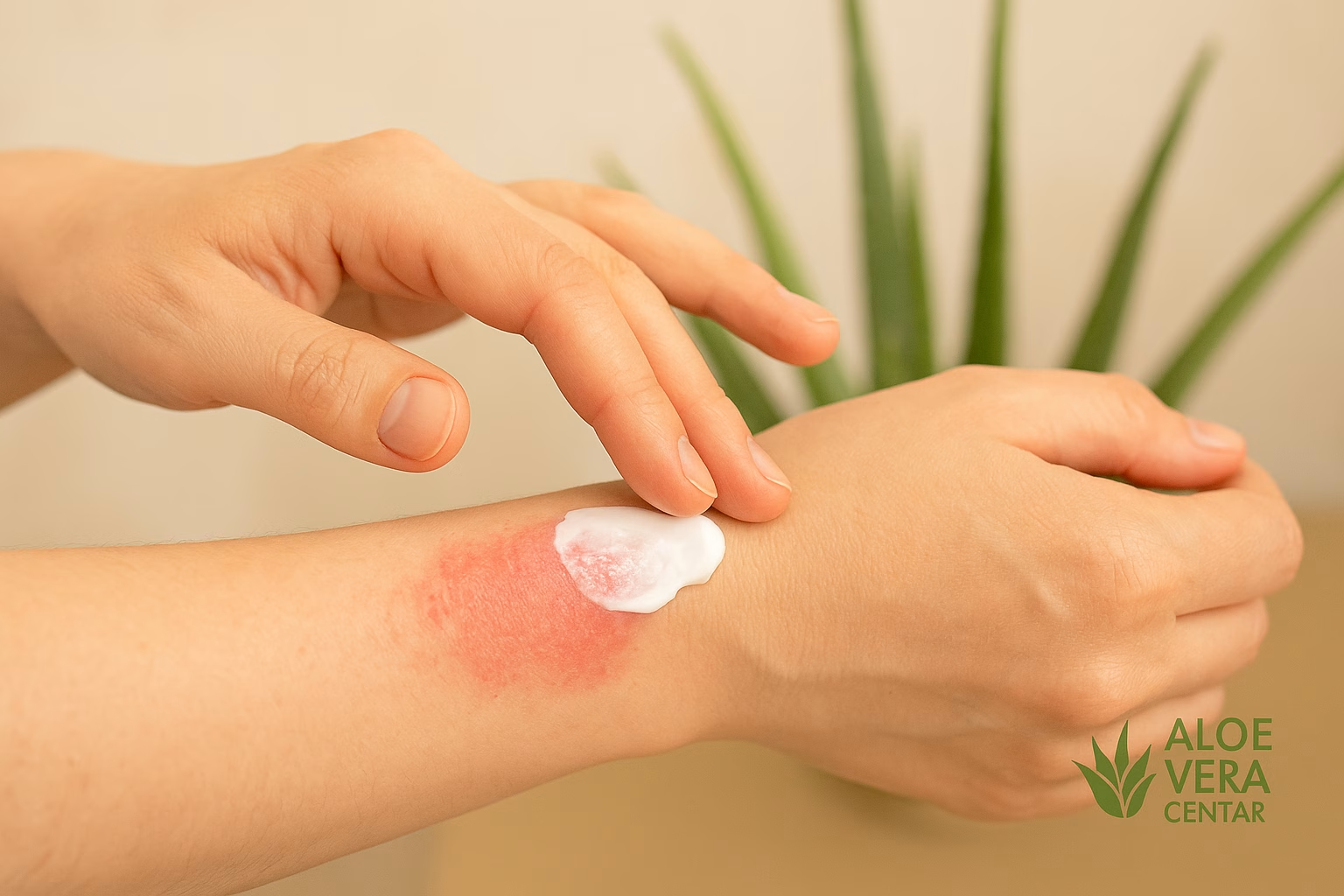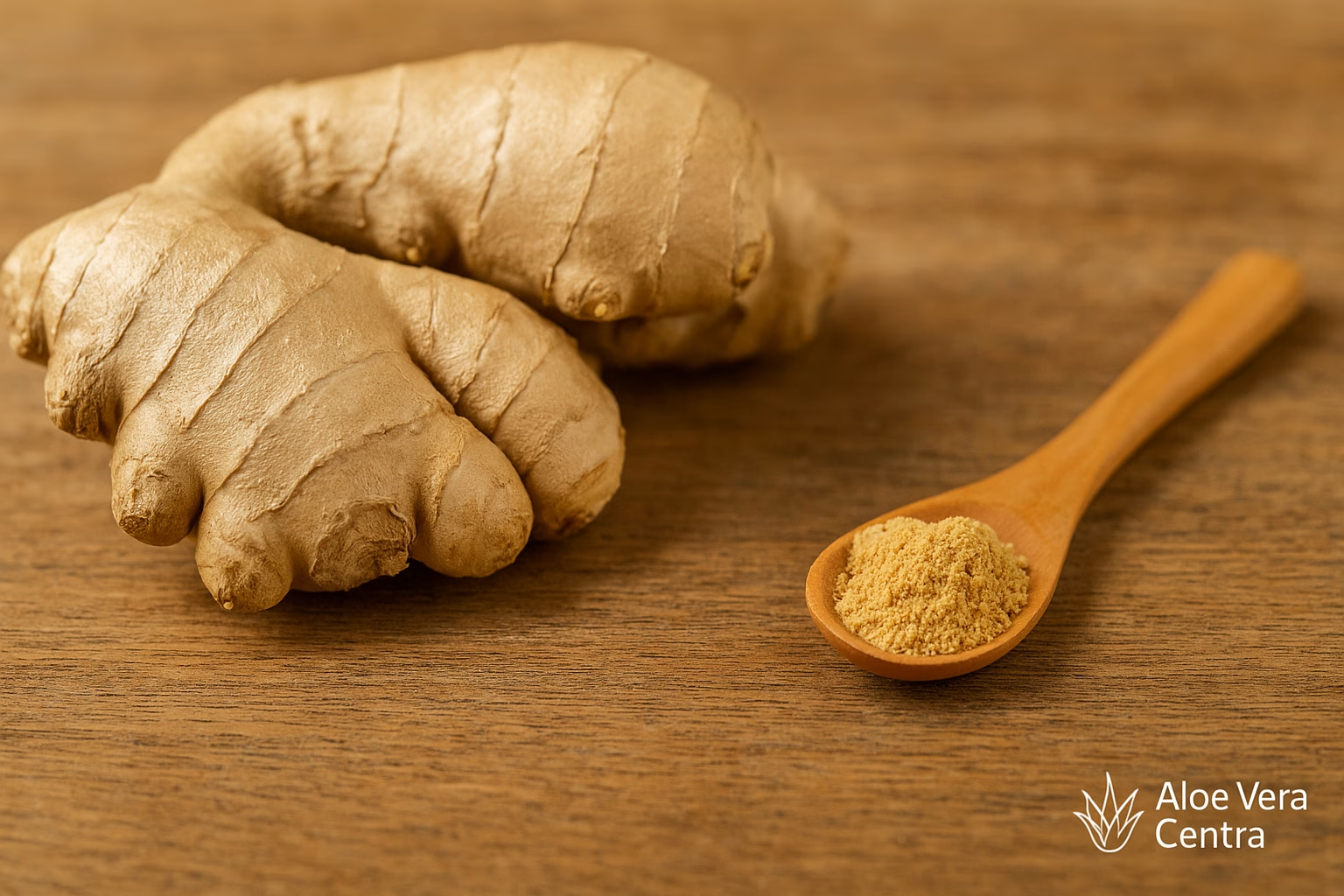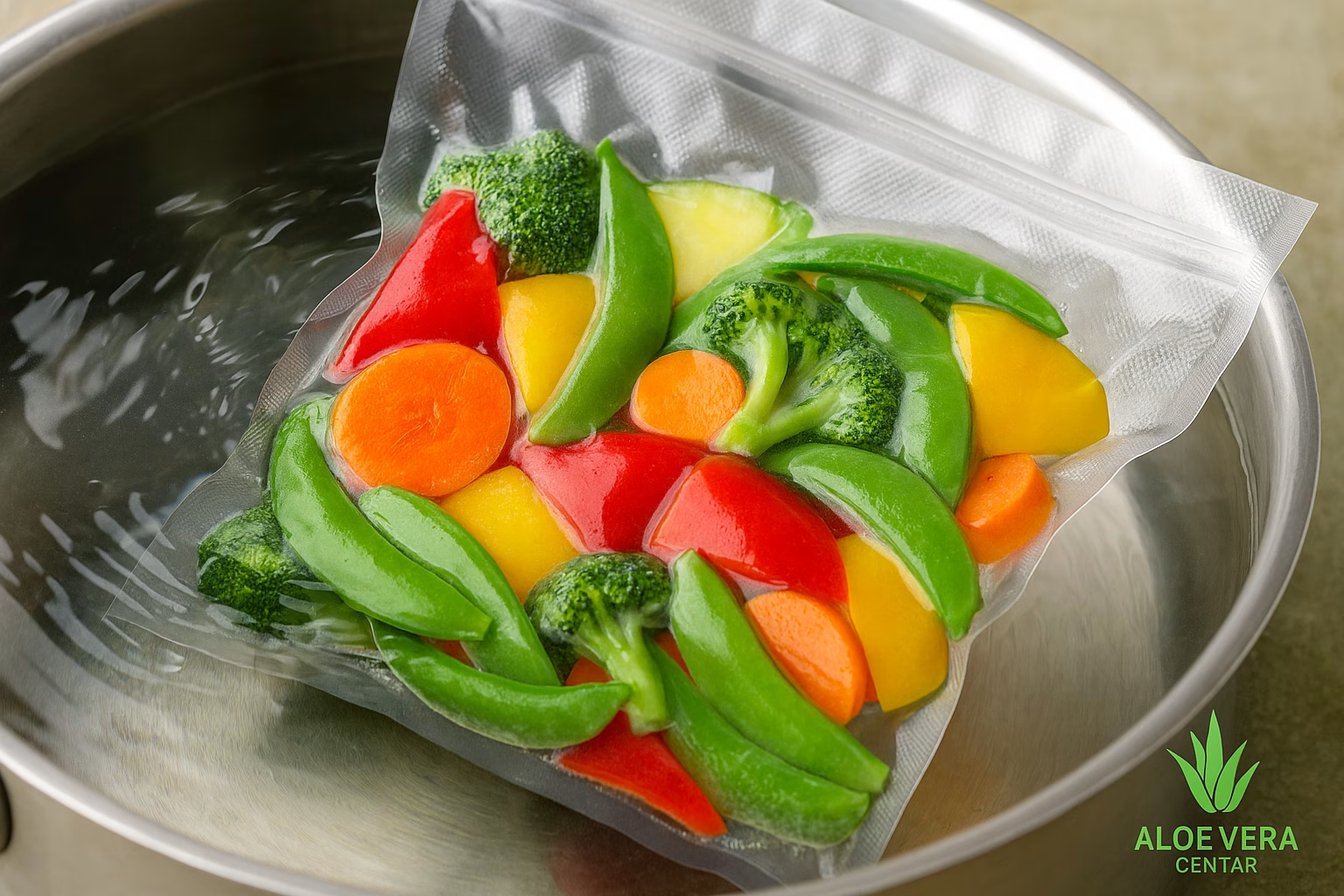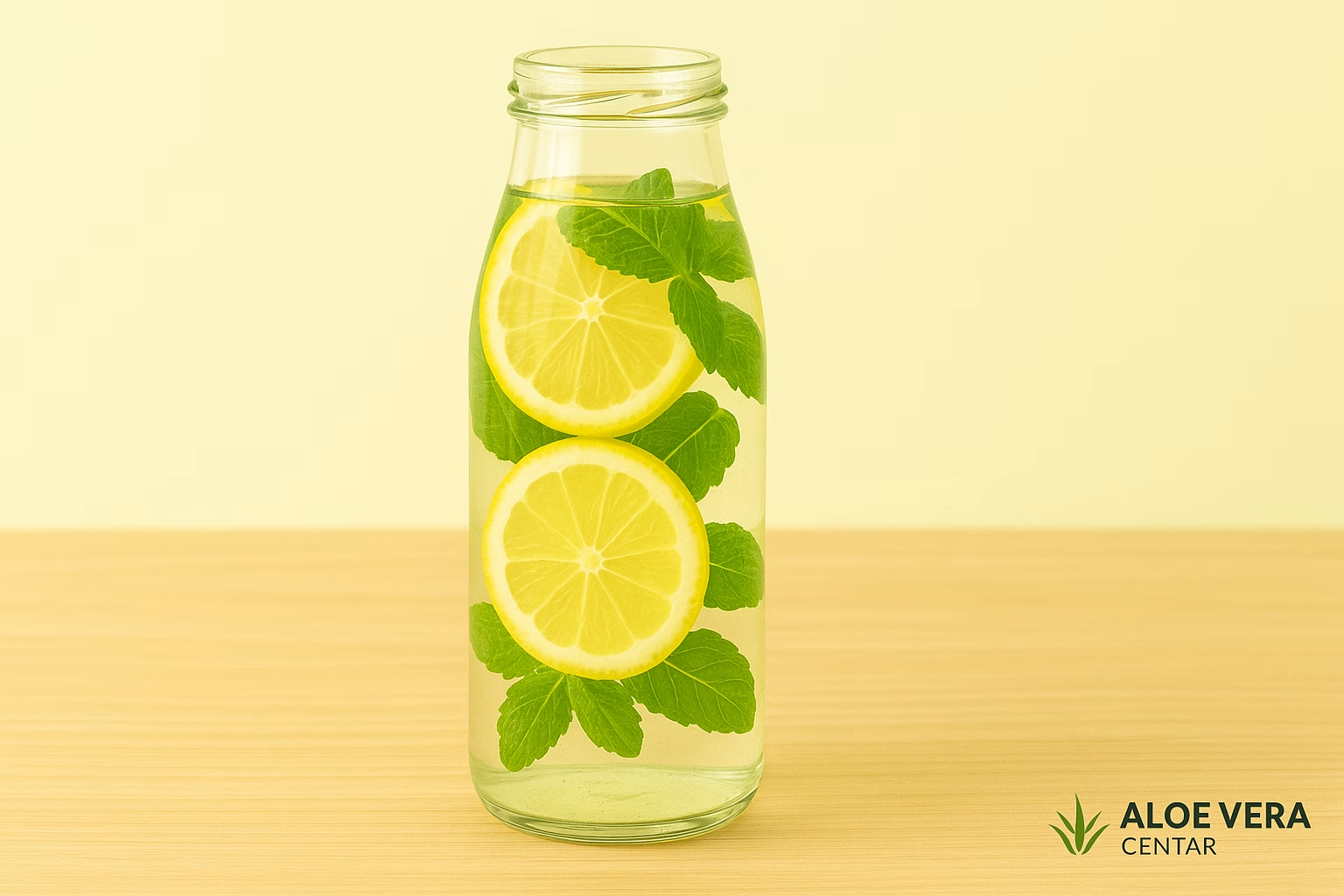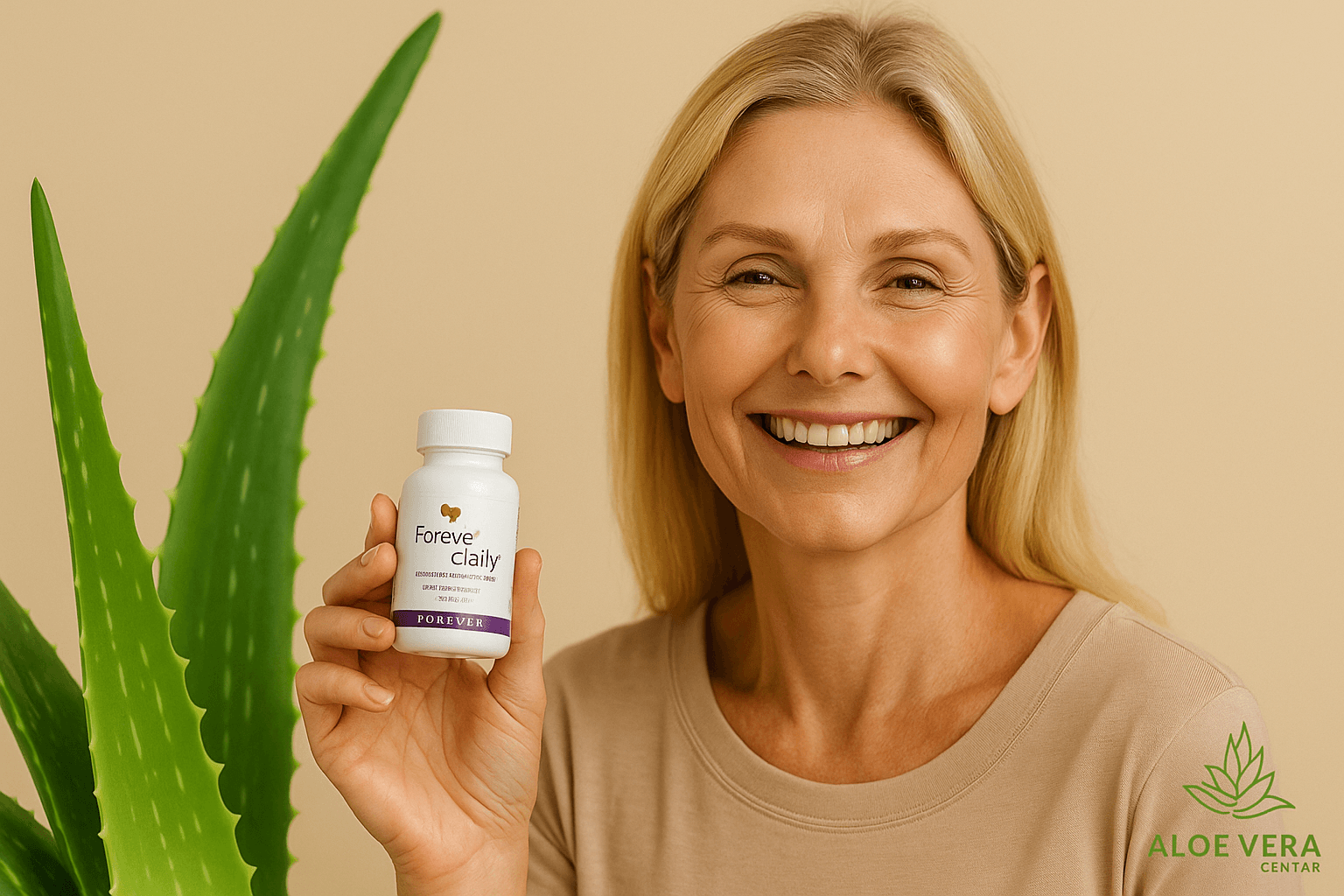
High cholesterol: lower it with fiber, omega-3 and phytosterols
High cholesterol is one of the most common topics when it comes to cardiovascular health today, and more and more people are trying to find effective and natural ways to lower it. Cholesterol is not “evil” in itself – it is a lipid that our body needs to make hormones and build cell membranes. However, the problem arises when the level of LDL (“bad”) cholesterol in the blood becomes too high, which increases the risk of clogged blood vessels, heart attack, stroke and other serious conditions. Below you will find out what it really means to have high cholesterol, how fiber, omega-3 fatty acids and phytosterols can help regulate blood fats, and what additional strategies you can take to protect your heart and blood vessels in the long term. If you were looking for comprehensive, proven information and practical advice – keep reading!
What is cholesterol and why shouldn’t we be afraid of it?
Cholesterol is a waxy, fat-like substance that is naturally found in our bodies. It is produced by the liver, and to a lesser extent, we get it from our diet. It is essential for the synthesis of hormones (such as estrogen and testosterone), the formation of bile acids that help digest fats, and the maintenance of cell membranes. Most of us are familiar with the terms “good” (HDL) and “bad” (LDL) cholesterol. HDL helps remove excess cholesterol from the blood vessels and carries it back to the liver, while LDL easily builds up on the walls of arteries, causing plaque to form.
So, “high cholesterol” generally refers to elevated levels of LDL cholesterol and total fat in the blood, while HDL should be at a higher level (which is usually considered a protective factor). When too much “bad” cholesterol accumulates in the blood, it begins to deposit in the blood vessels, reducing their permeability and increasing the risk of cardiovascular disease. Also, triglycerides are often another “problem” – high levels of these fats can further impair the health of the heart and circulatory system.
How does high cholesterol manifest itself?
Interestingly, high cholesterol, by itself, usually does not cause any obvious symptoms. It grows silently in the body, and the consequences only appear when complications arise. This is why cholesterol is often called the “silent enemy”, because it can remain unnoticed for years, and changes in the walls of blood vessels gradually accumulate. The only sure way to find out if you have high blood fats is to have a blood test – the so-called lipid profile (total cholesterol, LDL, HDL, triglycerides).
People with long-term high cholesterol are at higher risk of angina pectoris, heart attack, stroke, and peripheral vascular disease. Unfortunately, the first sign that something is wrong can be a serious complication, so prevention is extremely important. Regular blood tests and attention to diet, physical activity, and other lifestyle habits are key to maintaining healthy blood vessels.
The role of fiber in regulating cholesterol
Fiber is the indigestible part of plant foods, such as vegetables, fruits, whole grains, and legumes. Although our bodies don’t fully break it down, it has a number of benefits. One of them is its ability to lower “bad” cholesterol levels. Fiber can be divided into two main types: soluble and insoluble.
Soluble fiber
This type of fiber dissolves in water, forming a gel-like mass. Examples include psyllium, pectin (from apples, citrus fruits), and beta-glucan (from oats and barley). Soluble fiber binds to fats and cholesterol in the digestive tract and helps to eliminate them from the body. This means that less cholesterol enters the bloodstream, which can help lower LDL cholesterol levels in the long term.
An example of a menu rich in soluble fiber could include: oatmeal for breakfast, apple salad for a snack, lentil soup for lunch, and salad with psyllium husks for dinner. When combined with a generally balanced diet and regular physical activity, the effect on cholesterol can be very beneficial.
Insoluble fiber
Insoluble fiber does not dissolve in water, but it helps speed up the passage of food through the digestive system and promotes regular bowel movements. Although soluble fiber is more directly effective in lowering cholesterol, insoluble fiber can also contribute to better weight control and metabolic health. Good sources include whole grains (wheat, rye), nuts, and seeds.
Many dietary approaches aimed at lowering cholesterol recommend a daily intake of at least 25-30 grams of fiber, with a balance of soluble and insoluble fiber. It is important to emphasize that fiber should be introduced gradually – a sudden increase in fiber intake can lead to bloating and abdominal discomfort. Also, drinking enough fluids is essential for optimal fiber function in the digestive system.
Omega-3 fatty acids: why are they so important?
Omega-3 fatty acids are a group of polyunsaturated fats that have numerous health benefits. The most important types of omega-3 are EPA (eicosapentaenoic acid), DHA (docosahexaenoic acid) and ALA (alpha-linolenic acid). The richest sources of EPA and DHA are fatty fish (salmon, sardines, herring, mackerel), while ALA can be obtained from flax seeds, chia seeds and walnuts.
How does omega-3 help with high cholesterol?
Although omega-3 fatty acids do not significantly lower LDL cholesterol on their own, they have a significant impact on lowering triglyceride levels and encouraging an increase in HDL cholesterol. In addition, omega-3s help reduce inflammation in the body and prevent plaque buildup on artery walls, which overall leads to better cardiovascular health.
Since many people do not consume enough oily fish in their diet, dietary supplements with omega-3 fatty acids are often a popular solution. From the Forever Living range, an example of such a product is Forever Arctic Sea , which contains a combination of high-quality fish oils and oleic acid from olive oil. Such a combination can contribute to maintaining normal blood cholesterol levels and reducing overall inflammatory processes in the body, especially in people who do not consume fish regularly.
Phytosterols: “plant cholesterol” that helps
Phytosterols (plant sterols and stanols) are compounds very similar to cholesterol, but they come from plants. They are found naturally in whole grains, fruits, vegetables, legumes, and seeds. When we consume phytosterols, they compete with cholesterol for absorption in the intestines, meaning that less dietary cholesterol (and bile) is absorbed into the bloodstream.
Research shows that regular intake of phytosterols can reduce total and LDL cholesterol in the blood. In practice, this may mean using margarines enriched with phytosterols or consuming plant sterol supplements. However, it should be noted that the effect will be best as part of a comprehensive diet and lifestyle that already promotes cholesterol control. The reduction in LDL with the help of phytosterols can be several percent, which can be significant in the long term in people with moderately elevated levels.
Synergy of fiber, omega-3 and phytosterols
When it comes to diet or supplements for lowering high cholesterol, it’s crucial to understand that a combination of different strategies yields the best results. Here’s how the nutrients mentioned can complement each other:
- Fiber (especially soluble fiber) helps bind cholesterol and fat, promotes their excretion and slows down their absorption.
- Omega-3 fatty acids reduce triglycerides and help maintain blood vessel health by acting as an anti-inflammatory.
- Phytosterols compete with cholesterol for absorption in the intestines, preventing too much LDL from entering the bloodstream.
You can combine all three components in your diet: oatmeal with fruit in the morning (a source of soluble fiber), nut snacks during the day (a source of ALA omega-3), and occasionally a plant sterol margarine or phytosterol capsules. For those who prefer ready-made solutions, there are also supplements with combined formulas – it is always important to read the label and pay attention to the quality of the product.
Dietary strategies for lowering cholesterol
In addition to the three main “players” – fiber, omega-3s, and phytosterols – there are other dietary guidelines that can have a significant effect on high cholesterol:
1. Avoiding trans fats
Trans fats (found in industrial bakery products and fried foods) have been scientifically linked to an increase in LDL cholesterol and a decrease in protective HDL cholesterol. It is recommended to exclude them from the diet as much as possible.
2. Limiting saturated fats
Red meat, butter, full-fat dairy products – all contain high levels of saturated fat, which can raise cholesterol levels. Moderation is key. Choose leaner cuts of meat, skinless chicken and turkey breasts, and lower-fat dairy products.
3. Including fruits and vegetables
Fruits and vegetables are rich not only in fiber but also in antioxidants, vitamins, and minerals that protect blood vessels from oxidation and inflammation. Aim to have a colorful plate and include a variety of vegetables (leafy, root, cruciferous) to get a variety of nutrients.
4. Intake of legumes and whole grains
Beans, lentils, chickpeas, brown rice, quinoa – all of these are great additions to a cholesterol-lowering diet. Legumes are also a great source of plant-based protein, which helps reduce your dependence on meat and saturated fat.
5. Using healthy oils
Olive oil, flaxseed oil and canola oil are better choices than sunflower or palm oil. Be careful with the amount, though – even healthy fats are high in calories. It’s always a good idea to keep an eye on your total energy intake.
You can find more advice on a balanced diet and the role of herbal supplements in the article Aloe vera gel – healing properties and application , where, among other things, we touch on the importance of natural supplements in maintaining a healthy body.
Additional support from the Forever Living range
In addition to Forever Arctic Sea (a rich source of omega-3 fatty acids), people with high cholesterol issues sometimes consider other products from the Forever Living range. For example, Forever Aloe Vera Gel is often chosen for its possible positive effects on digestion and microflora balance, and healthy digestion and regular bowel movements can be beneficial in maintaining normal blood lipid levels.
Also, if you are looking for a detox and weight management program, Clean 9 (C9) is a short-term diet and supplement plan that can help you change your habits and contribute to overall improvements in your metabolic parameters, including cholesterol. Of course, no product is “magic” – the best results are achieved with a healthy diet and physical activity.
Why are physical activity and lifestyle essential?
Cholesterol cannot be controlled by diet alone. Physical activity plays a crucial role in increasing HDL (“good”) cholesterol and maintaining a healthy weight. Regular exercise, such as brisk walking, running, swimming or cycling, helps improve circulation and reduces the risk of cholesterol deposits building up in blood vessels.
In addition, unhealthy habits such as smoking, excessive alcohol consumption and chronic stress can also contribute to high cholesterol. When the body is constantly under stress, levels of the hormone cortisol increase, and over time this can lead to metabolic disorders and fat balance disorders. Therefore, an effective cholesterol-lowering program is always comprehensive: a balanced diet, regular activity, quality sleep, stress management and quitting smoking, if you smoke.
Research and scientific evidence
Numerous studies support the fact that the combination of a diet rich in fiber and phytosterols, and the intake of omega-3 fatty acids, can significantly help maintain normal cholesterol levels. According to one study on PubMed , taking phytosterols can lower LDL by 8-10%, and when soluble fiber is also included, the effect may be even greater.
Additionally, consuming omega-3 fatty acids (whether from food or supplements) has been linked to improved LDL-to-HDL cholesterol ratios and reduced triglycerides. Of course, results vary depending on a person’s baseline values, overall health, and other healthy habits. However, there is a clear scientific consensus that fiber, omega-3s, and phytosterols are the three key elements in a dietary approach to fighting high cholesterol.
Frequently Asked Questions (FAQ)
1. Can natural methods completely replace cholesterol medications?
It depends on the individual case. If cholesterol is only mildly elevated, significant progress can be made by changing your diet, introducing physical activity, and taking natural supplements. However, if your levels are extremely high or you have cardiovascular risks, your doctor may recommend statins or other medications. It is best to consult with a specialist about the optimal approach.
2. How long should I take cholesterol supplements?
Natural supplements, such as omega-3 and phytosterols, are often used continuously or long-term to maintain stable blood lipid levels. However, it is recommended to monitor lipid profiles regularly (e.g. every 3-6 months) and consult a doctor about adjusting doses or types of supplements.
3. Can children have high cholesterol?
Yes, they can. Although it is more commonly associated with the adult population, children who are overweight and have an unhealthy diet can also develop elevated cholesterol. In such cases, the main approach is to correct their diet and encourage physical activity, but in more complex situations, medical supervision is also required.
4. Does Aloe vera help lower cholesterol?
Aloe vera is most commonly associated with digestion and immunity, but there is some research that suggests possible beneficial effects on lipid profiles. However, most experts believe that more evidence is needed. If you are considering incorporating aloe vera into your routine, you can try Forever Aloe Vera Gel as an additional support, but always in addition to basic measures for cholesterol control.
Conclusion and call to action
High cholesterol doesn’t have to be a “death sentence” for your heart and blood vessels. With a proper diet rich in fiber , omega-3 fatty acids and phytosterols , regular physical activity, and healthy lifestyle habits, you can do a lot for your cardiovascular health. Keep in mind that taking care of your cholesterol is not a one-time action, but an ongoing process, aiming for stable and normal blood fat levels.
Want to further support your cholesterol-lowering program? Check out the official Forever store and get a 15% discount on natural supplements like Forever Arctic Sea and Forever Aloe Vera Gel . In this way, with professional support and quality products, you can make a significant step towards better heart health.
**This content is not a substitute for professional medical advice. If you have any concerns or serious health concerns, please consult a doctor or other qualified professional.**

